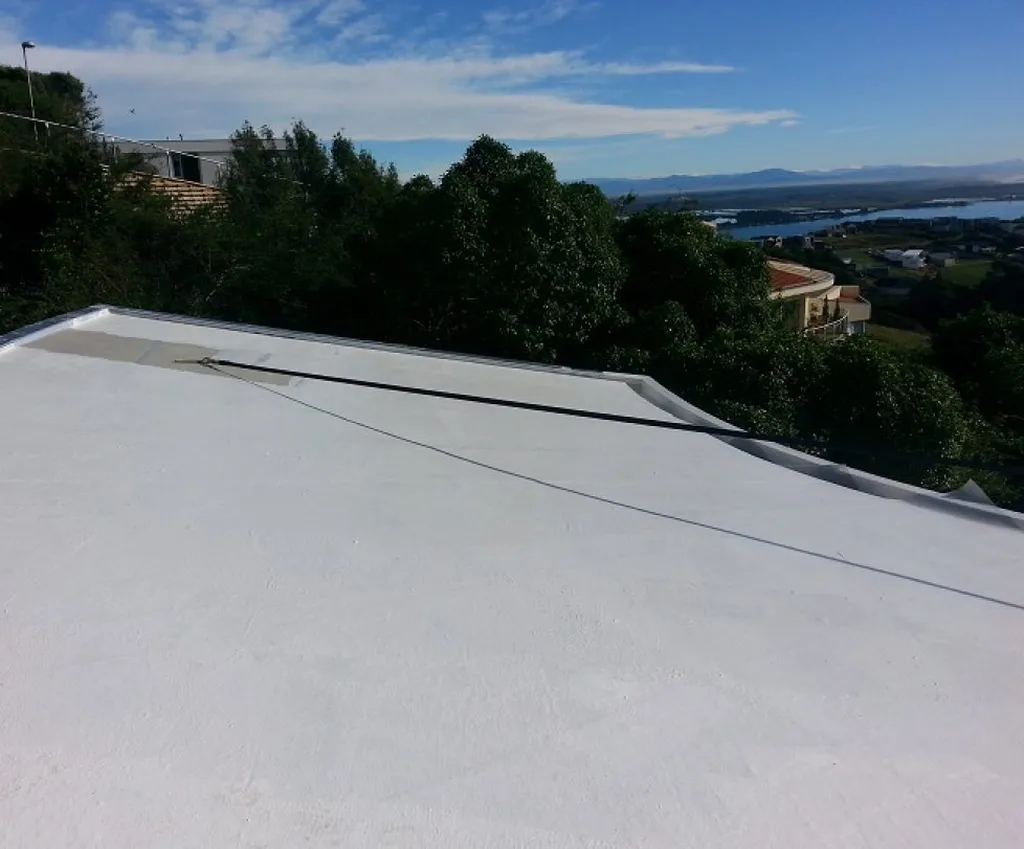In the quest for sustainable construction materials, a recent study published in the *Journal of the Civil Engineering Forum* (Majalah Forum Teknik Sipil) has shed light on the potential of Kevlar fiber-reinforced concrete, offering a promising alternative to traditional steel-reinforced structures. Led by Hendra, a researcher affiliated with the Department of Applied Sciences in Textile Engineering and Apparel Technology at Politeknik STTT Bandung in Indonesia and the Department of Materials Innovation at the University of Tsukuba in Japan, the study explores how Kevlar fibers can enhance the mechanical properties of concrete, particularly in lightweight construction applications.
The research focused on three distinct configurations of Kevlar reinforcement: 3-dimensional (3D) rebar, 3D hollow woven fabric, and solid 3D woven fabric. These were compared against a control sample of unreinforced concrete to evaluate their compressive and flexural strengths. The findings revealed that while the compressive strength improvements were modest, the flexural performance showed significant gains, particularly with the solid 3D woven fabric configuration.
“Our results indicate that Kevlar-reinforced textile-reinforced concrete (TRC) can be particularly advantageous for applications where superior flexural capacity is required,” Hendra explained. “Even if compressive strength remains at a moderate level, the enhanced flexural properties make it ideal for non-structural or secondary lightweight elements, such as canopies, facade panels, and other architectural components.”
The study’s findings are particularly relevant for the energy sector, where lightweight and durable materials are increasingly in demand. The use of Kevlar-reinforced TRC could lead to more efficient and sustainable construction practices, reducing the carbon footprint of buildings and infrastructure. The research also highlights the importance of reinforcement configuration, with the solid 3D woven fabric providing the most significant flexural benefits.
“This research contributes to the growing body of evidence supporting the viability of synthetic fiber reinforcement, such as Kevlar, in sustainable concrete design and construction,” Hendra added. “The potential uses are vast, and we believe that this technology could play a crucial role in shaping the future of lightweight construction.”
As the construction industry continues to seek innovative solutions to reduce carbon emissions and enhance design flexibility, the findings from this study offer a compelling case for the adoption of Kevlar-reinforced TRC. The research not only underscores the potential of synthetic fibers in construction but also paves the way for further exploration into the applications of advanced materials in sustainable building practices.

